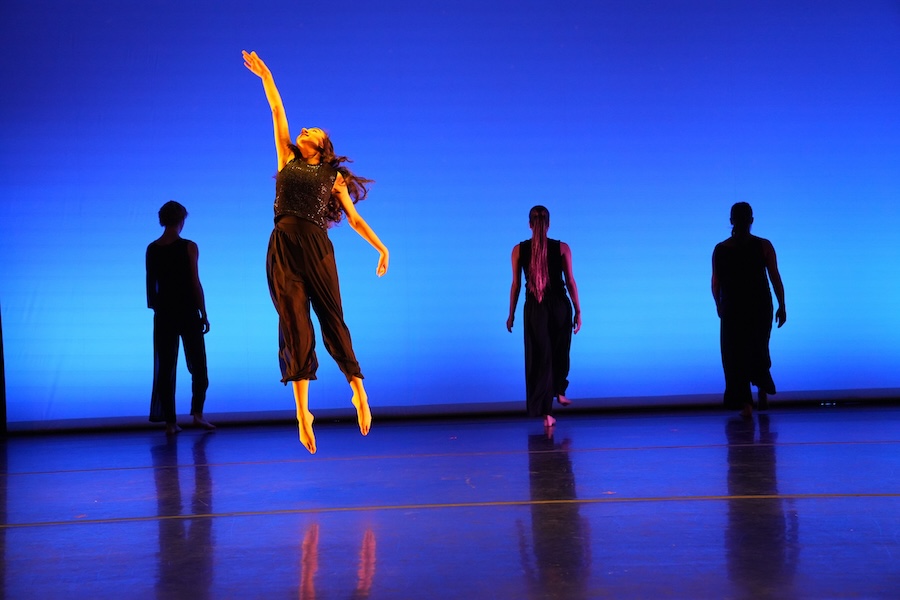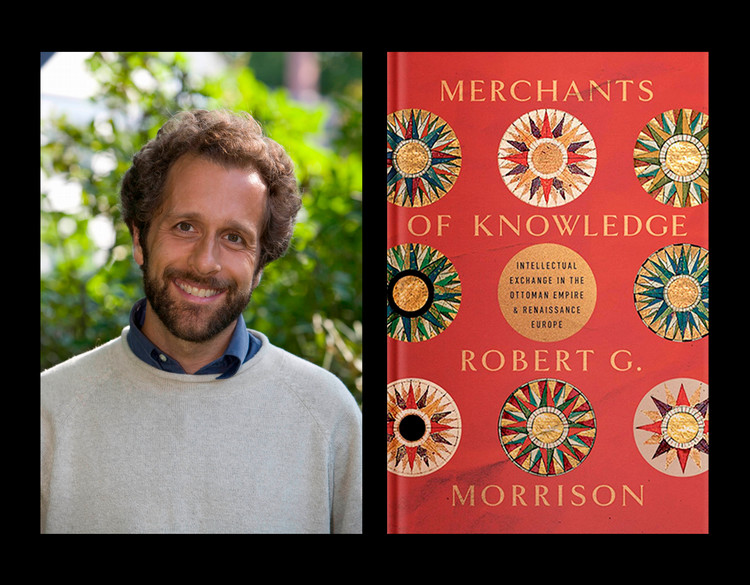Math Class Dances Its Way to Computational Statistics
By Rebecca GoldfineThese days, you can’t teach statistics without also teaching students how to use computers to access and analyze data. But many students taking introductory statistics don’t have a computer science background. They aren’t familiar with writing the codes they’ll need to rely on to solve complex statistical problems.
Jack O’Brien, assistant professor of mathematics, teaches an introductory biostatistics class at Bowdoin in which he covers data analysis, the planning and design of experiments, probability and statistical inference. “I have enough time to teach them the basics [of coding], but I don’t have enough time to get to the higher-level stuff,” O’Brien said. “Unfortunately that is not sufficient to get the class to where I need it to go.”
O’Brien admits that it was out of desperation he began using dance to teach his students how computers work. “I need them to understand how the computer is moving things around. Once they can conceive of that, they can conceive creatively how they can move things around. Dance is a good way of conceptualizing that,” he said. “Instead of thinking about the computer as a black box, they can visualize where the memory is, where the processor is, where the interpreter is, where the code is, and how all these things are beginning to get together.”
By offering his “Dance the Code” lab early in the semester, O’Brien has found his students can advance to much more complex levels of coding by the end of the class. “[The dance lab] was a breakthrough,” he said.



